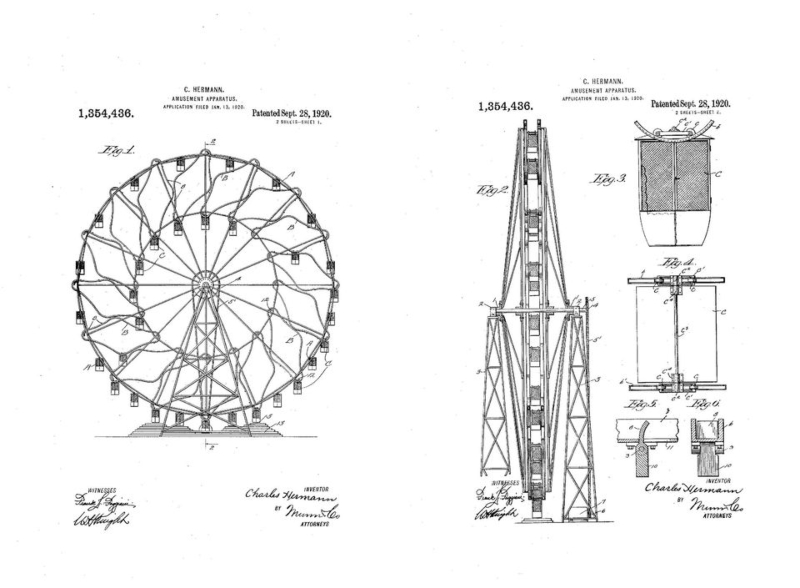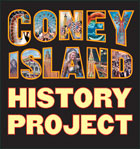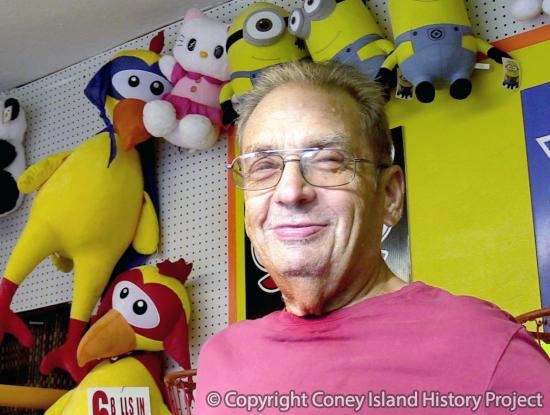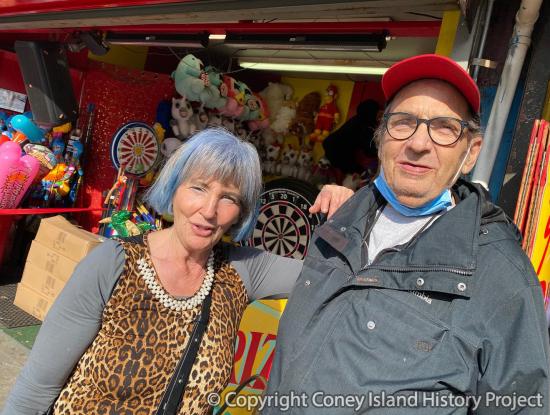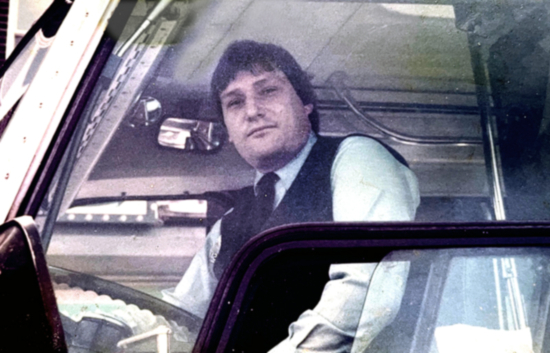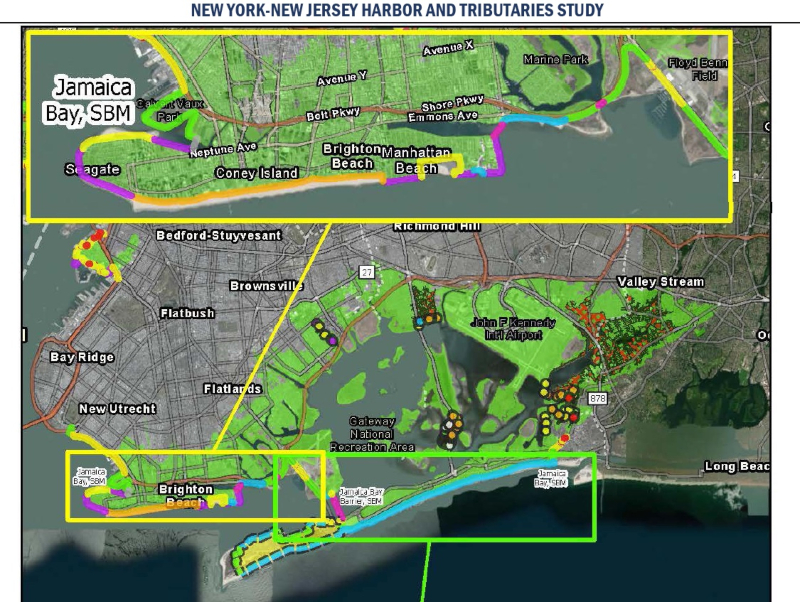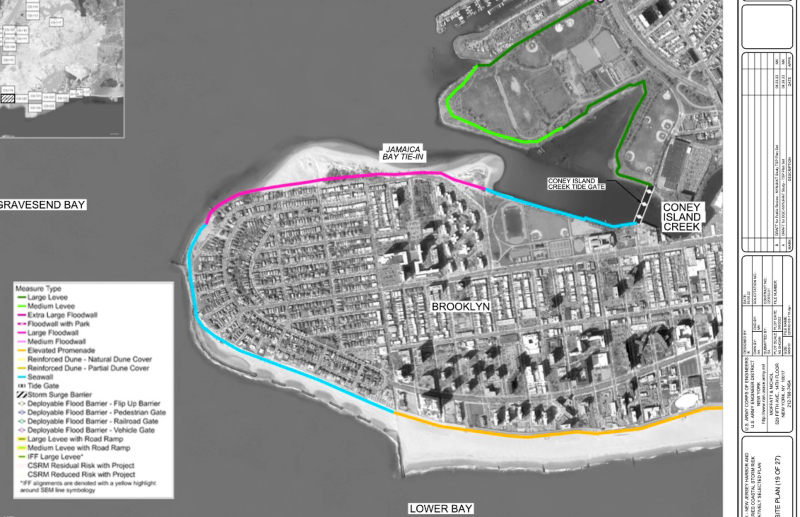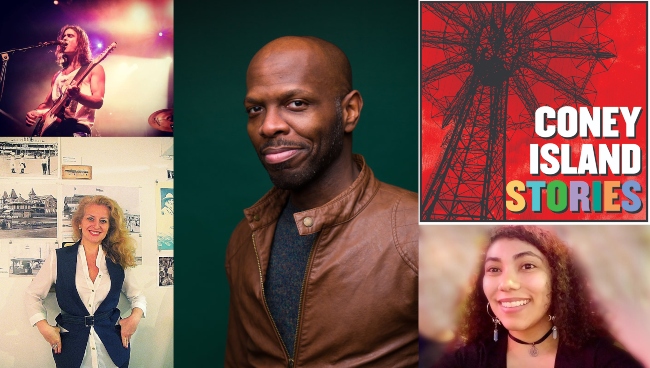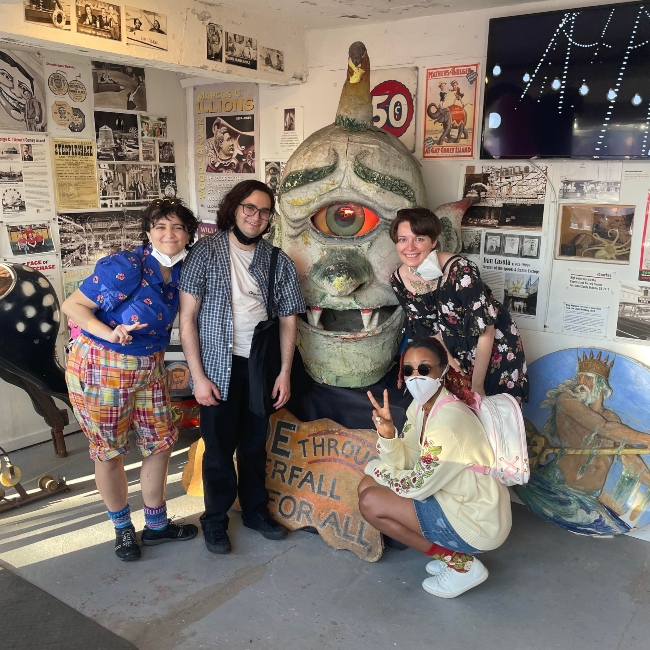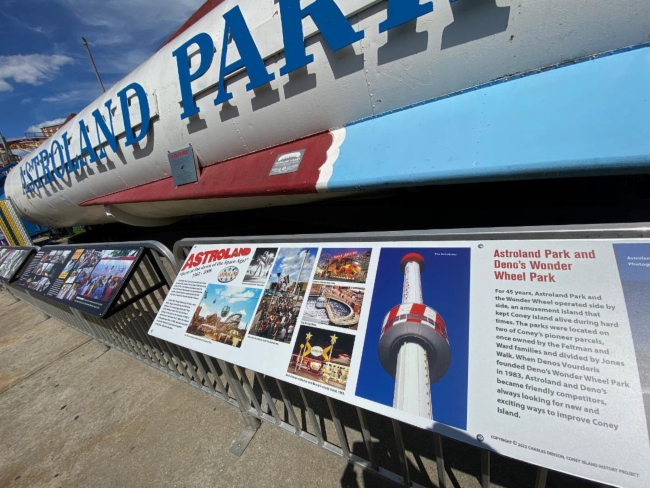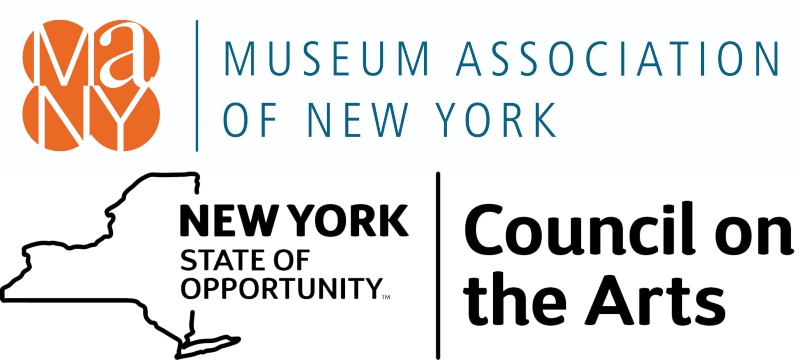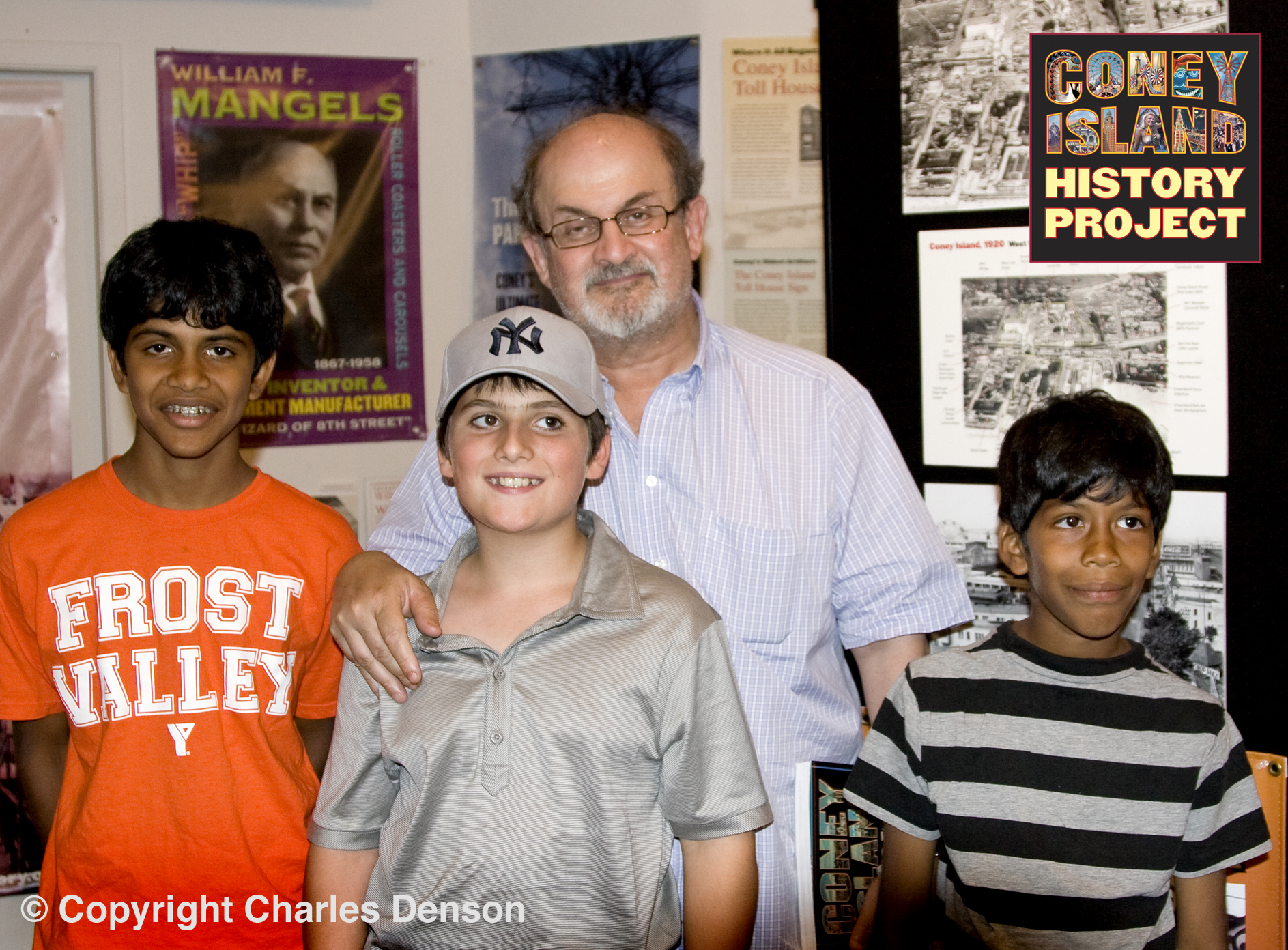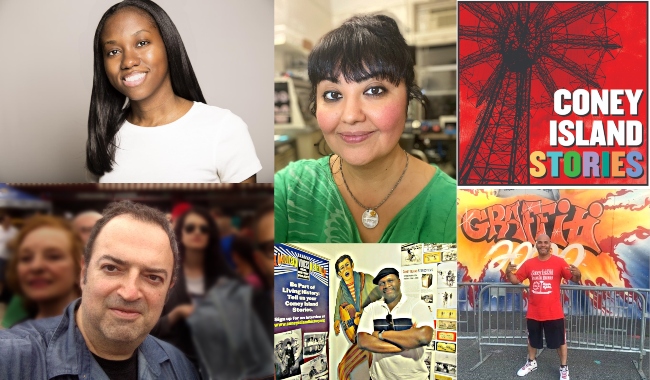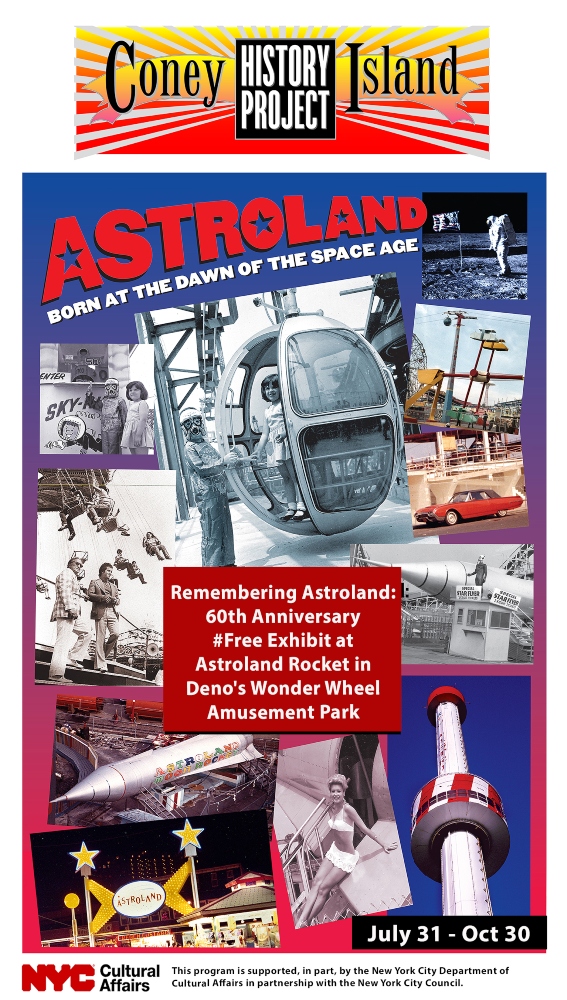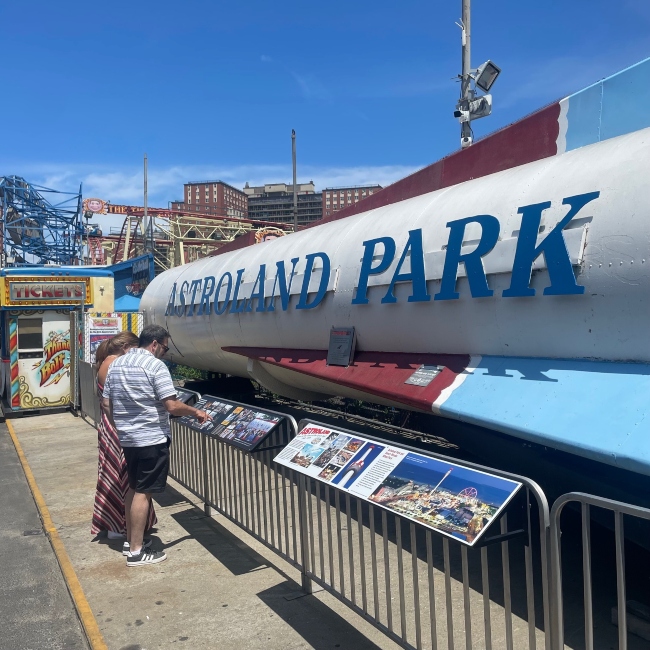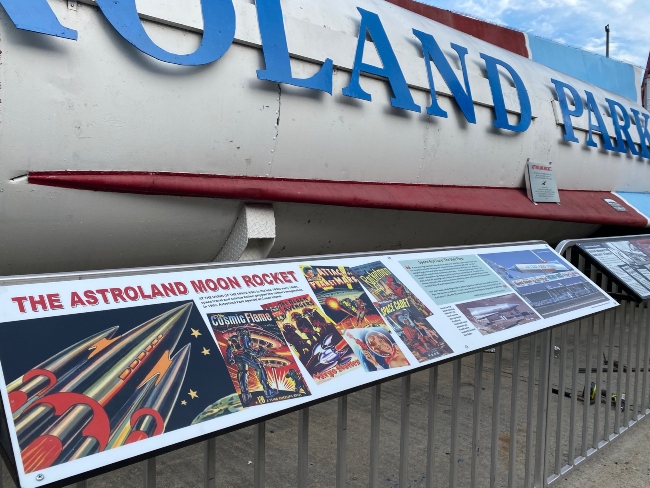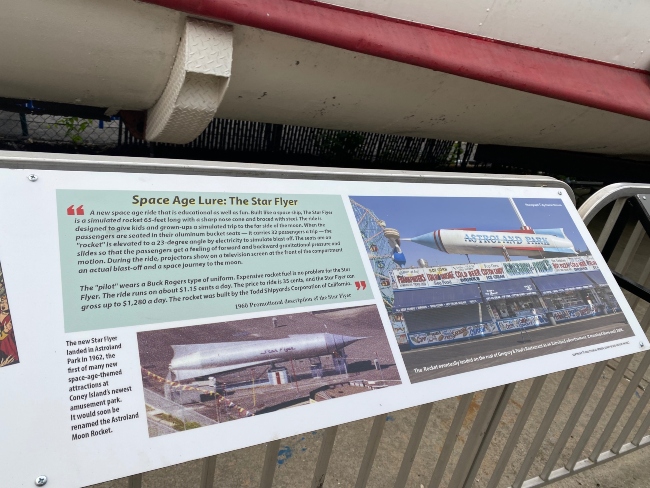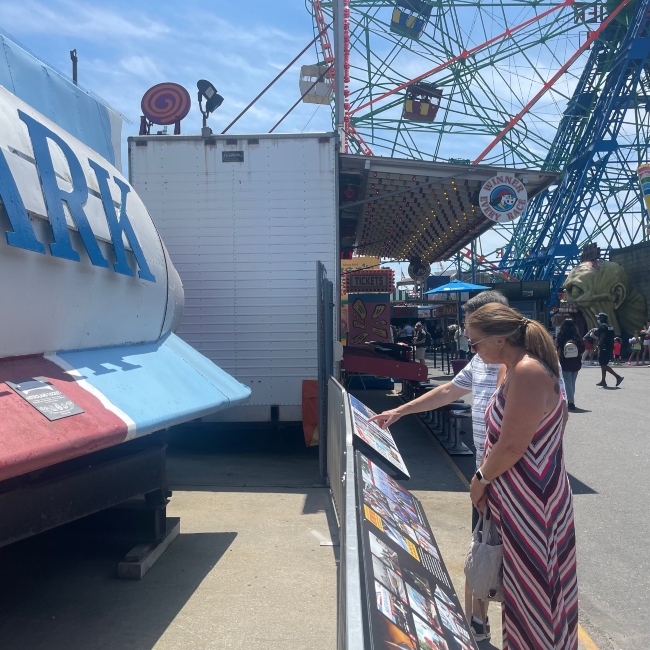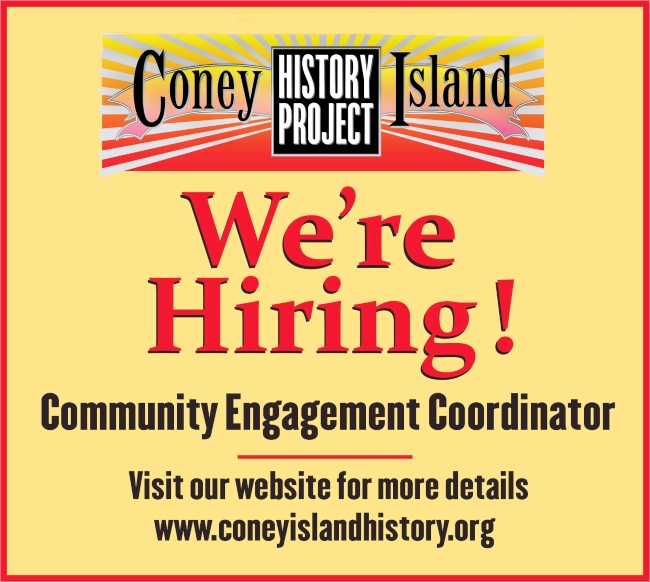
The Coney Island History Project (CIHP) is seeking a part-time community engagement coordinator to do outreach and tabling events to support our community based programs. The CIHP’s multilingual online oral history archive features over 400 audio interviews with people who grew up, live, or work in Coney Island and adjacent neighborhoods in Southern Brooklyn, or have a special connection to these places.
The coordinator will recruit and qualify potential narrators interested in recording oral histories and participating in group reminiscence events, both remotely and in person. The coordinator will receive orientation and professional development training to be able to represent the CIHP knowledgeably and effectively. While learning about oral history and our oral history archive, the coordinator will also receive paid training to learn how to conduct, record, edit, and archive oral history interviews.
The ideal candidate is a New York City resident with an interest in Coney Island and its history and culture. Preference will be given to residents of Coney Island and the NYCHA housing projects in the community, or those who have a familiarity with Coney Island and NYCHA housing from living or working there in the past. College students as well as retirees are encouraged to apply.
The job is anticipated to start in October and will be a hybrid position working remotely from home and in-person in the community. This is a grant funded position of 10-12 hours per week @ $20 per hour for a total of 250 hours over 20-25 weeks. After successfully completing the term of the grant, the community engagement coordinator will have the opportunity to join our roster of freelance oral history interviewers @$25.00 per hour.
-Excellent communication and interpersonal skills and ability to establish positive relationships with community residents
-Ability to work independently as well as collaboratively with oral history interviewers, and executive and administrative directors
-Recruit and schedule community residents to record oral history interviews through online and phone outreach and at in-person community events
-Keep a record of potential oral history narrators and re-contact those who expressed interest in recording an interview
-Host table and network at local events to renew and strengthen existing relationships in the community and establish new relationships
-Increase visibility and word-of-mouth and participation for CIHP and our programming in the community
-Flexibility to work evenings or weekends as needed to attend community events
-Professional or volunteer experience in community outreach
-Interest in learning how to conduct, record, edit and archive oral history interviews
Details at a Glance
TIME COMMITMENT: Part Time Schedule
JOB TYPE: Temporary. This is a grant funded hybrid position of 10-12 hours per week @ $20 per hour for a total of 250 hours over 20-25 weeks.
START DATE: October 12, 2022
APPLICATION DEADLINE: October 6, 2022
EDUCATION: High School Diploma Required
Level of Language Proficiency: Proficient in English. Fluency in another language a plus.
Location: Work must be performed in or near Brooklyn, NY
Please apply via our ad on Idealist where you can upload your resume, cover letter, and writing sample (three-paragraphs).
